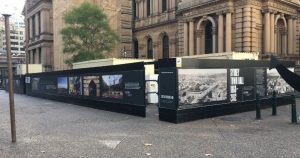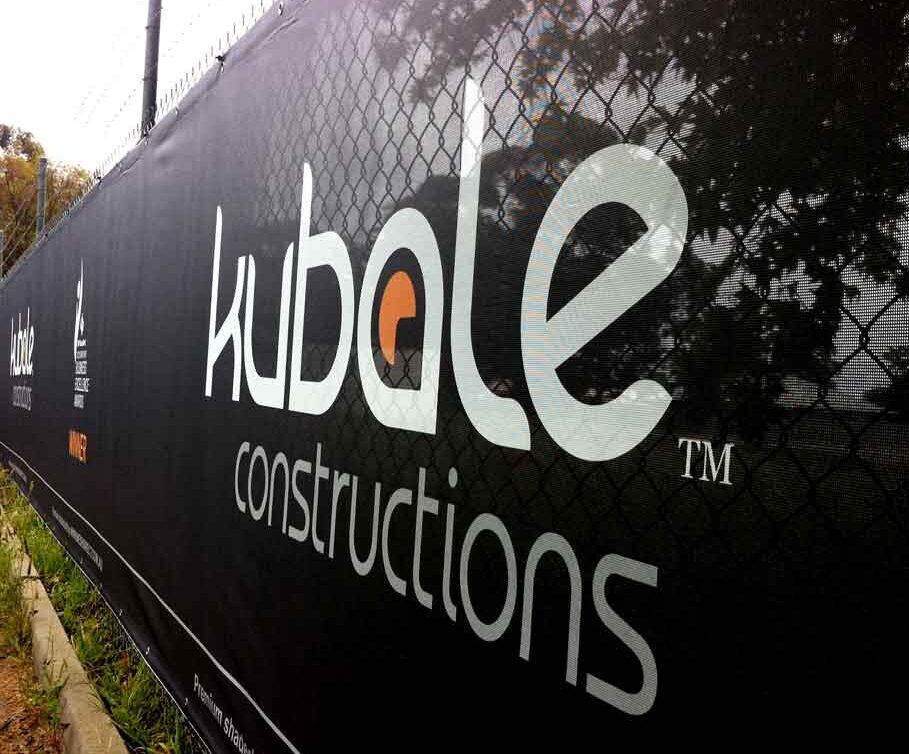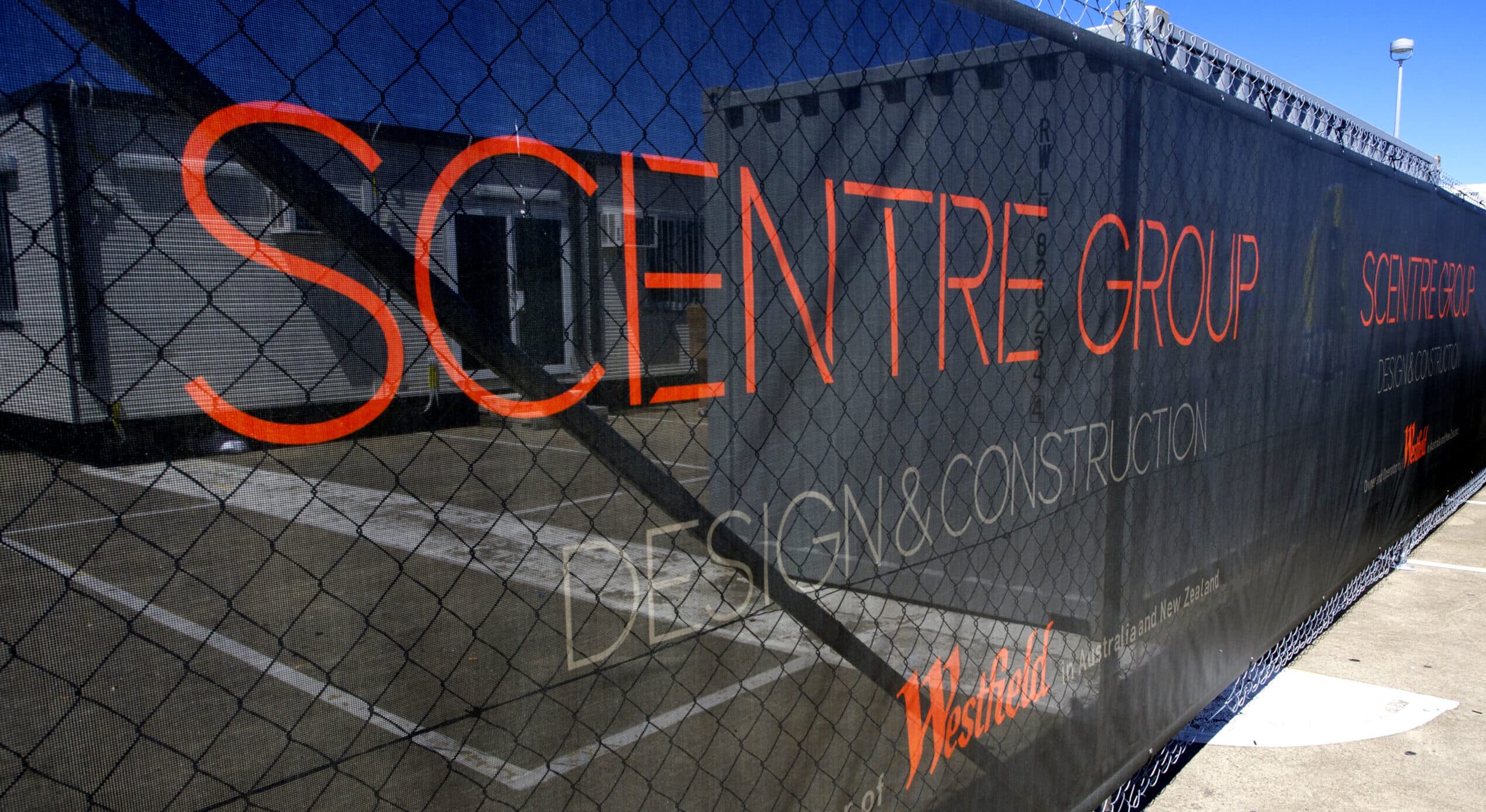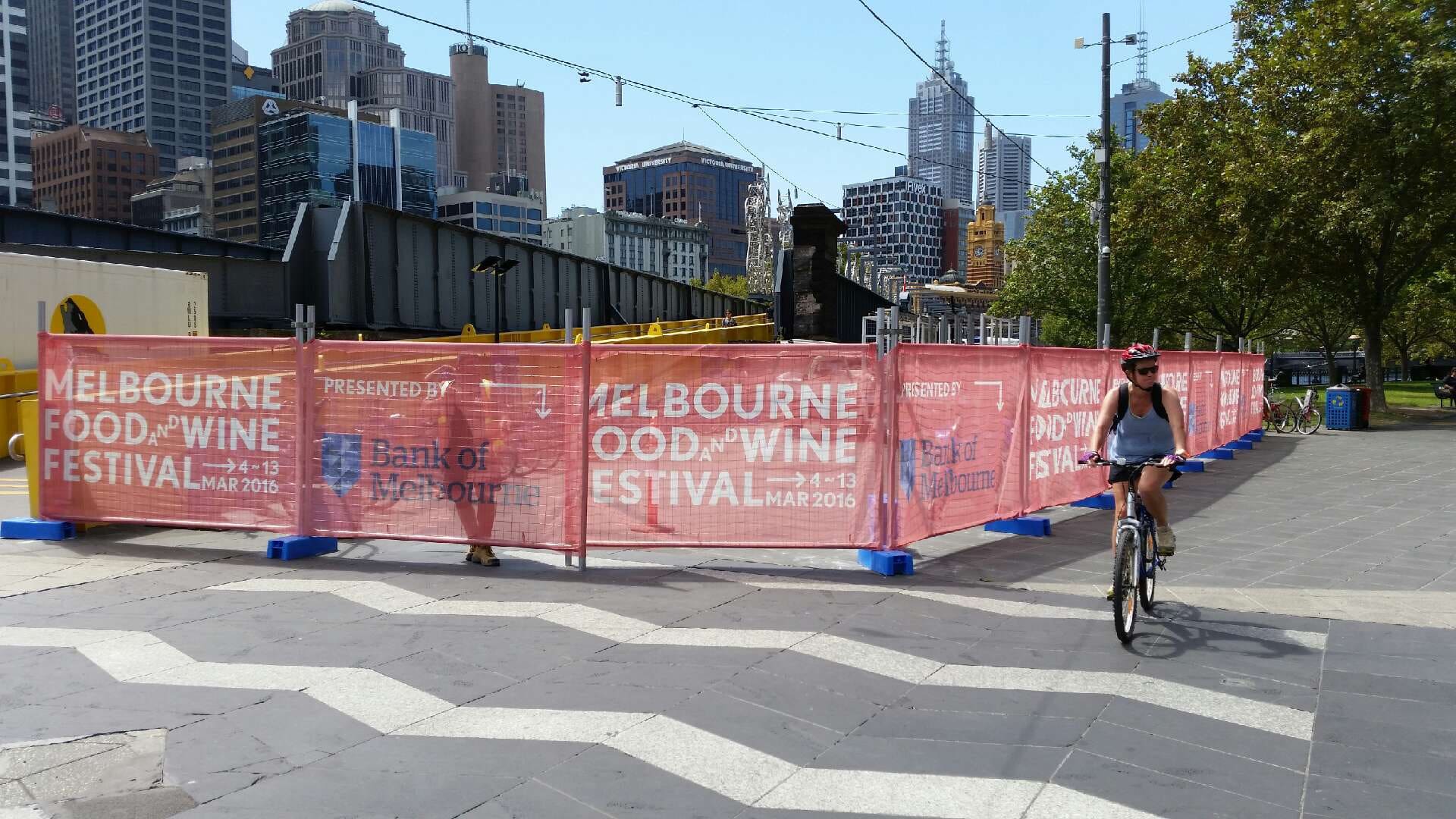5 Eco-friendly Signage Options You Should Know About
 23 April 2020
23 April 2020 4 mins read
4 mins read
Social responsibility is a growing trend worldwide. We’ve come to recognise the extent of our impact on the planet, and from the smallest businesses to the largest multinational corporations, everyone is trying to do their bit. Enter eco-friendly signage!
Improving recyclability, offsetting carbon emissions, reducing the use of resources and energy – are just some of the steps that individuals and businesses can take to lessen their environmental footprint. But saving the environment doesn’t mean compromising on your brand, your exposure or your business: you’ll still need grand format signage to meet your goals.
The grand format printing industry is one of the largest producers of waste. Almost 100% of signage ends up in landfills, and many of the processes require high energy inputs. So how can conscious consumers find signage that promotes their brand or protects their construction site, AND lines up with their environmental values?
Luckily there are an increasing variety of options out there as the industry wakes up to the crisis, and clients can choose from recycled, recyclable, or biodegradable substrates and naturally derived inks. Eco-signage is still in its infancy, so the durability or quality of the materials might be lesser than that of traditional signs. But only by persevering and supporting this type of effort and research can we hope to build a fully sustainable industry!
The range of eco-friendly signage is increasing yearly, and as more resources and research are focused on this area, progress promises to be impressive. Here are some eco-friendly signage options that are on the market today.
Post-Consumer Waste Paper
An increasing number of print shops are printing on PCW paper! PCW, or Post-Consumer Waste, ensures that a product is being reused completely. The pulp generated from PCW paper produces solid backing for your signs, and the whole process requires one third less energy and 75% less water than making virgin chemical pulp.
Corrugated Cardboard or Honeycomb Cardboard
Extremely cost-effective, these options are also 100% environmentally friendly when the cardboard in question is PCW. One of their major advantages is that they can easily and conveniently be recycled or reused, but they’re much less durable outdoors than their traditional PVC counterparts.
Mesh Direct’s EcoBoard
Mesh Direct’s commitment to a greener future is visible in the efforts they’ve made to transform the way they work. One offshoot of their Think Green, Do Green campaign has been the creation of new eco-friendly substrates that clients can use to promote their brand and their values.
EcoBoard is biodegradable, organic and chemical-free, and it can be tossed directly in the green recycling bin when you’re done! A wood-pulp core paired with a high-quality paper lining provides a perfect printing surface and lends itself to challenging designs and images.
Used indoors, it’s been shown to have over a 12-month lifespan! But its biodegradable nature, indicating that it can be broken down by naturally-occurring microorganisms, means that, outdoors, it’s more suited to short-term displays.
Mesh Direct’s EcoVinyl
This new billboard skin is 100% recyclable, with a recyclable edging. It maintains the high quality of traditional PVC signs while being highly cost-effective and decreasing the amount of waste produced by the grand format printing industry.
It’s ideal for outdoor use, and once you’re done with it, it can be recycled into park benches, decking, bollards, fence posts and other high grade recycled polymer products.


Naturally Inked
An increasing number of print companies are choosing to use soy-based or vegetable-based inks, which contain no harmful substances and reduce the need for synthetic chemicals. While there were initial issues with adherence and drying, with time and research high-performance, vegetable inks have emerged and could be a viable option for the industry in future.





